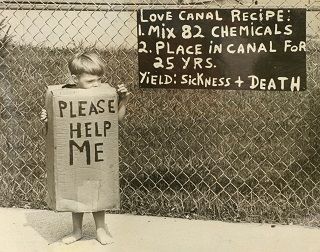From Guest Blogger Dixie Somers: Why the Latest Boost in the Manufacturing Industry will Be Much More Clean, Sustainable, and Eco-Friendly

Thankfully, today’s manufacturers take a more environmentally responsible position regarding the manufacturing of products. As such, the latest boost in the manufacturing industry will be much more clean, sustainable, and eco-friendly than it has been in days past.
The Latest Boost in the Manufacturing Industry
According to the Institute for Supply Management’s December 2014 report, the PMI index used to measure the strength of the manufacturing industry, an 18% growth has been shown for the eighteenth consecutive month. The latest boosts are related to manufacturing in energy, medical and aerospace industries. One of the fastest growing in energy is solar energy. The growth of the solar manufacturing industry in California, Arizona and New Jersey created a boost in the manufacture of solar panels, parts and metal fabrication of solar frames.
Eco-Friendly Manufacturing
Aside from big changes in the industry itself, there are four specific reasons why improvements and expansions are making the manufacturing industry more eco-friendly. These include: conversions to alternative energy, greater reliance on recycled products and manufacturing equipment, transitioning from fossil fuel transportation of goods to eco-friendly shipping, and the ability to reduce manufacturing waste. Take a look at these factors in depth below:
Conversions to Alternative Energy
Manufacturers operated their production and assembly lines using high volumes of electricity and water. By reducing electricity consumption and relying on solar energy, the natural effect is expansion that’s more cost-effective, cleaner and has less of an impact on the environment. By using solar powered heat exchange systems, excessive use of water is also reduced. Heat exchange systems operated through solar energy sources allow for greater volumes of process water to be recycled.
Greater Reliance on Recycled Products and Manufacturing Equipment
Manufacturers found enormous savings from using recycled products, rather than raw materials and from purchasing refurbished manufacturing equipment. This will make a huge difference in years to come as recycled products start to replace raw materials.
Transitioning from Fossil Fuel Transportation
Transitioning from fossil fuel transportation of goods to eco-friendly shipping is another area of savings for manufacturing. By retrofitting trucks and rails to alternative fuels like battery powered trucks and freight rails, the manufacturing industry opened another eco-friendly avenue.
Reducing Manufacturing Waste
With the abundance of recycling facilities, reducing manufacturing waste was inevitable. Manufacturers strive for lower and lower percentages of end processing waste to reduce costs.
The latest boost in the manufacturing industry will be much more eco-friendly thanks to recycling, reuse, conversions to alternative energy and advancements in transportation of goods. As time goes on, and technology continues to develop at a rapid pace, we will stand to see even more improvements when it comes to environmentally friendly practices in the manufacturing industry. The information for this article was provided by the professionals of Advantage Manufacturing Ltd., who specialize in aluminum fabrication in Edmonton.
